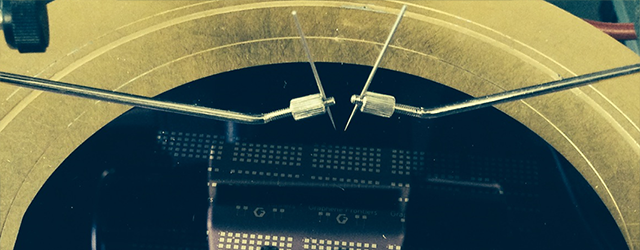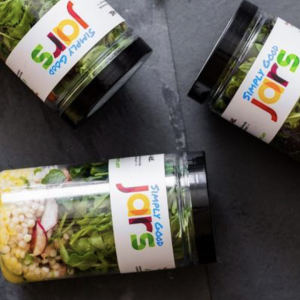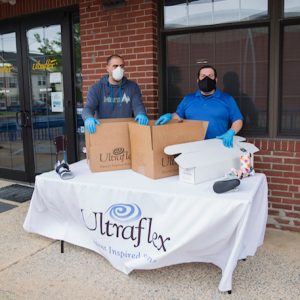CEO: Philly is a hive of innovation activity. So how can we cross-pollinate?
Philadelphia has the ability to rewrite the rules on collaborative innovation. While knowledge used to be power, it is now knowledge-sharing that can create a long-term, sustainable ecosystem of growth.
If University City is a ‘hive’ of innovation, there’s no queen bee – it’s an orchestrated network of worker bees challenging antiquated beliefs and building a honeycomb of ingenuity. In our hive, we have access and exposure to world-class talent and technology from nearly every technical field. I believe that the most important breakthroughs of the 21st century will come from the confluence of groundbreaking advances in multiple disciplines. The most promising areas, which also happen to be historic strengths for Philadelphia, are in materials, biotechnology and electronics.
At Graphene Frontiers, we work at the nexus of these three fields. We manufacture a 2D material called graphene, which happens to have an  atomic structure of carbon arranged in a hexagonal lattice, a nanoscale ‘honeycomb’ of sorts. The most exciting aspect of our work on applications is the material’s conductivity, which is currently unrivaled on the planet. We’re developing sensors called graphene field-effect transistors (GFETs) that will power the next generation of rapid medical diagnostics, enable early detection and offer results in minutes, instead of hours or days. For us, breakthroughs in materials, biotechnology, and electronics were required to make this impending application a reality.
atomic structure of carbon arranged in a hexagonal lattice, a nanoscale ‘honeycomb’ of sorts. The most exciting aspect of our work on applications is the material’s conductivity, which is currently unrivaled on the planet. We’re developing sensors called graphene field-effect transistors (GFETs) that will power the next generation of rapid medical diagnostics, enable early detection and offer results in minutes, instead of hours or days. For us, breakthroughs in materials, biotechnology, and electronics were required to make this impending application a reality.
The talent that we need to support our rapid growth is also within easy reach. We can draw from dozens of local and regional universities and we have access to some of the world’s best minds in nanotechnology and biotech within a few blocks. Business guidance, mentorship and peer support is also freely available; the University City Science Center has been a home base and hub supporting our efforts and introducing us to peers at similar stages of growth.
Optofluidics and CytoVas – two companies with goals just as ambitious as ours – are helping to facilitate this culture of knowledge-sharing and collaboration.
Dr. Bernardo Cordovez and Dr. Robert Hart are the entrepreneurs behind Optofluidics, a company specializing in particle analysis tools for R&D purposes. They’ve brought new capabilities and products to market based on near-field light scattering (NLS), which enables researchers to adequately characterize the properties of the surfaces of their nanoparticles in a more detailed, simple and high throughput way.
Like Graphene Frontiers, CytoVas was a tech-transfer from the University of Pennsylvania. Now their labs are positioned directly across the hall from ours. Dr. Todd Johnson, president of the in-vitro diagnostics company, is leading the development of advanced cell- and particle-based assays for evaluating the health of the cardiovascular system. It’s about delivering a holistic picture of a patient’s health status.
Although there’s no direct correlation between the work of these companies and ours, we’re constantly communicating the progress of the business, as well as lessons learned. If there’s an opportunity to refer business or endorse their intensive research, we’re not shy about being a cheerleader. It seems like new neighbors are moving in on a daily basis, so there’s no reason not to welcome the next entrepreneur on the block.
The energy is palpable, but now it’s about becoming a true melting pot. The region is ripe with innovative technologies in healthcare IT, biotech, manufacturing, and other emerging technologies, but the next phase is bringing together advocates from every space. Blending personalities and ideologies takes time, especially knowing the headstrong traits of an acute entrepreneur. Naturally, as “lab dwellers,” we can get buried deep in the hive, so it’s important to mix with our fellow busy bees and proactively shape the conversation.
Exchanging ideas and experiences is also part of an ongoing education, and we’d welcome any prospective or current entrepreneur to visit our office to learn about the unique process we’ve created to reduce the cost of manufacturing large-scale graphene.
Let the pollination begin, we promise not to sting.





